Marketing Cannabis—How White Papers & Case Studies Can Increase Your Sales

Become a Cannabis Industry Leader with Authoritative Copywriting
If you’re cannabis entrepreneur, you know how fast the cannabis industry is moving. In fact, many people believe cannabis is the growth sector of today’s economy.
Market analysts are making increasingly aggressive predictions. Spending on legal cannabis worldwide is expected to hit $57 billion by 2027, according to Arcview Market Research and BDS Analytics. The adult-use (recreational) market will cover 67% of the spending; medical marijuana will take up the remaining 33%.
It’s hard to estimate how big the market will really be, but it’s safe to say huge with enormous growth potential.
Everyone in the industry sees the tremendous opportunity in cannabis. But that doesn’t mean guaranteed success.
For new entrants to the B2B cannabis market, business operations will be tough. And for many existing companies, the next five years will feel like a dog fight for market share ― even if their sales growth is strong.
White papers and case studies are an effective strategy for promoting your cannabis business for long-term success. It’s time to start marketing like a Fortune 500 company, rather than a NorCal ganjapreneur.
A marketing writer for cannabis can help to “level-up” your content for increased sales, now and later.
In the midst of all the rapid change, now is the time to build some solid thought leadership.
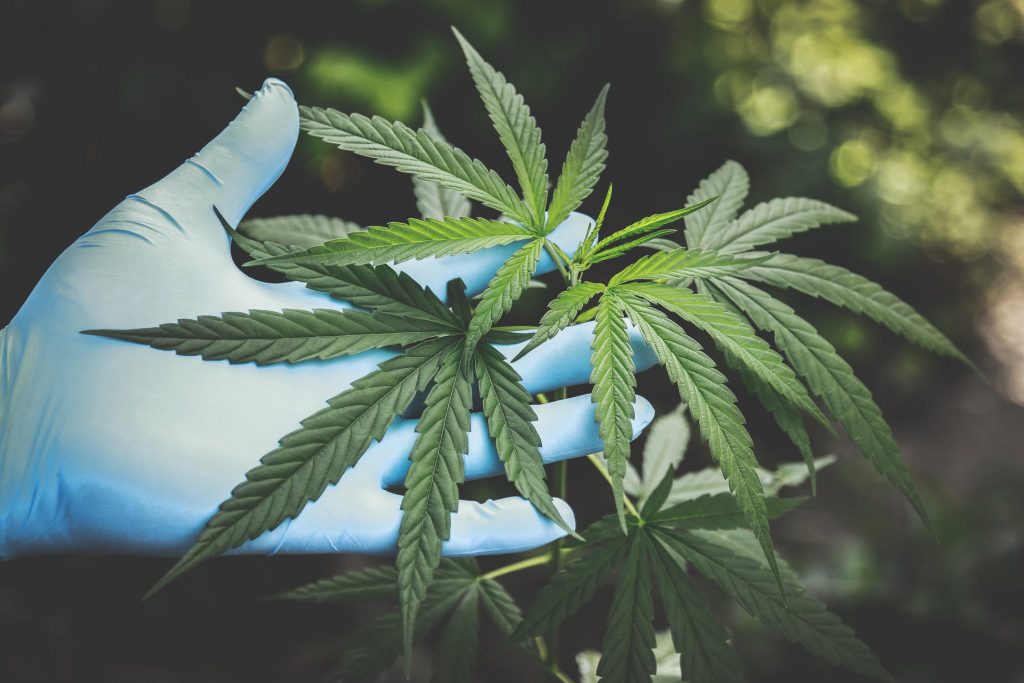
Why Cannabis Companies Need Corporate-Level Content
We’ve seen it already with the nine-figure acquisitions of cultivation companies. And the plunging price of wholesale flower. And Hawthorne.
“Shakeout.”
Shakeout is the
phase of industry growth where “the weak” are weeded out and “the strong” build
their market share through better business practices, better marketing, and
well-timed acquisitions.
shakeout noun:
- The consolidation of an industry or sector wherein businesses are eliminated or acquired by the competition. A great opportunity for you.
- A great opportunity for you.
Fortunately, there’s a well-developed roadmap for navigating shakeout. And it’s worked in other industries. It calls for market-driven product development, more efficient manufacturing practices and supply channels, and ― you guessed it ― improved marketing.
So let’s work together to improve your marketing! With next-level content and copywriting, you’ll get long-term results and all-valuable thought leadership.

Read on to find out the best content marketing strategy for you.
Why Hire a Copywriter for Cannabis?
By hiring a cannabis-specialized copywriter, you get a communications expert who can tailor your message to the cannabis audience for maximum impact and optimal effect. And your team is freed up to focus on product development, sales, and customer service.
Cannabis White Papers: Selling Without the “Pitch”
White papers, as you may have heard, are the “King of Content.” They’re an enduring asset that shows why your product is best-in-class. In mature industries like oil and gas, agriculture, and electronics, white papers are the #1 tool for high-dollar B2B sales.
Think about it. If you were shopping for a high-throughput extraction system (and ready to finance a $500,000 purchase) you’d want to be as informed as possible, right? And you’d probably want to know about every product solution out there.
That’s where a white paper comes in. A white paper leads with value. It’s not “salesy.” It gives targeted information about a particular subject (and, of course, includes your product). But, more than anything, the main goal of a white paper is to provide value. The secondary goal is to establish your authority ― and drive big sales on down the line.
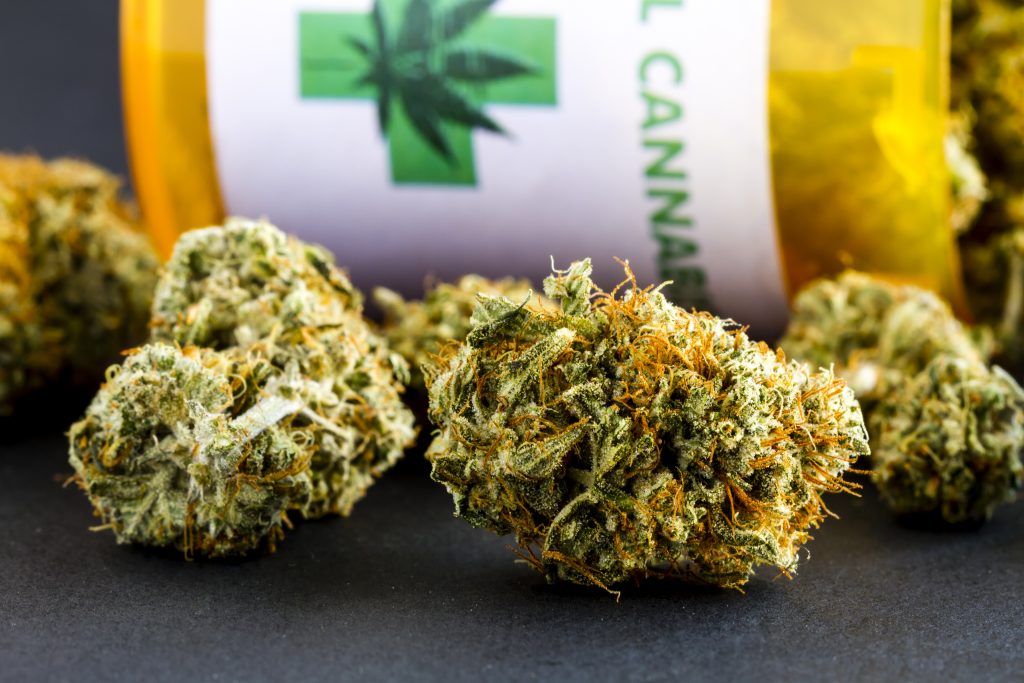
There are three main types of white papers and they serve three unique applications:
- Problem-Solution White Papers – If you want to drive leads, a “problem-solution” white paper is probably best for you. A problem-solution explains an important problem and shows why existing products fail to address the issue ― and why yours solves the problem so well. Busy executives love problem-solution white papers because they quickly summarize an important topic.
- Numbered-List White Papers – If you want to nurture leads, consider using a “numbered-list” white paper. A numbered-list white paper is an “easy read,” though it still offers well-researched content. It provides insight into the various facets of a market sector and its technologies. Often, a numbered-list white paper shows what’s wrong with competing product solutions in a spirited way. So, they’re an effective tool for following up with prospects after a sales meeting.
- Backgrounder White Papers – When an “opportunity” is about to convert to a customer, you’ll want to use a “backgrounder” white paper. A backgrounder explains your product ― and only your product ― in total detail. It can put you ahead of the competition when potential customers have narrowed their purchasing decision down to two or three options.
These basic white-paper structures can be combined successfully ― or they can fall flat if the overall structure of your white paper is poorly conceived. To get the most out of your project, considering working with a professional copywriter experienced with long-form content.
You’ll want a specialized writer who goes beyond wordsmithing. Someone to serve as your personal marketing consultant. And a cannabis copywriter will make sure your cannabis project is as effective as possible.
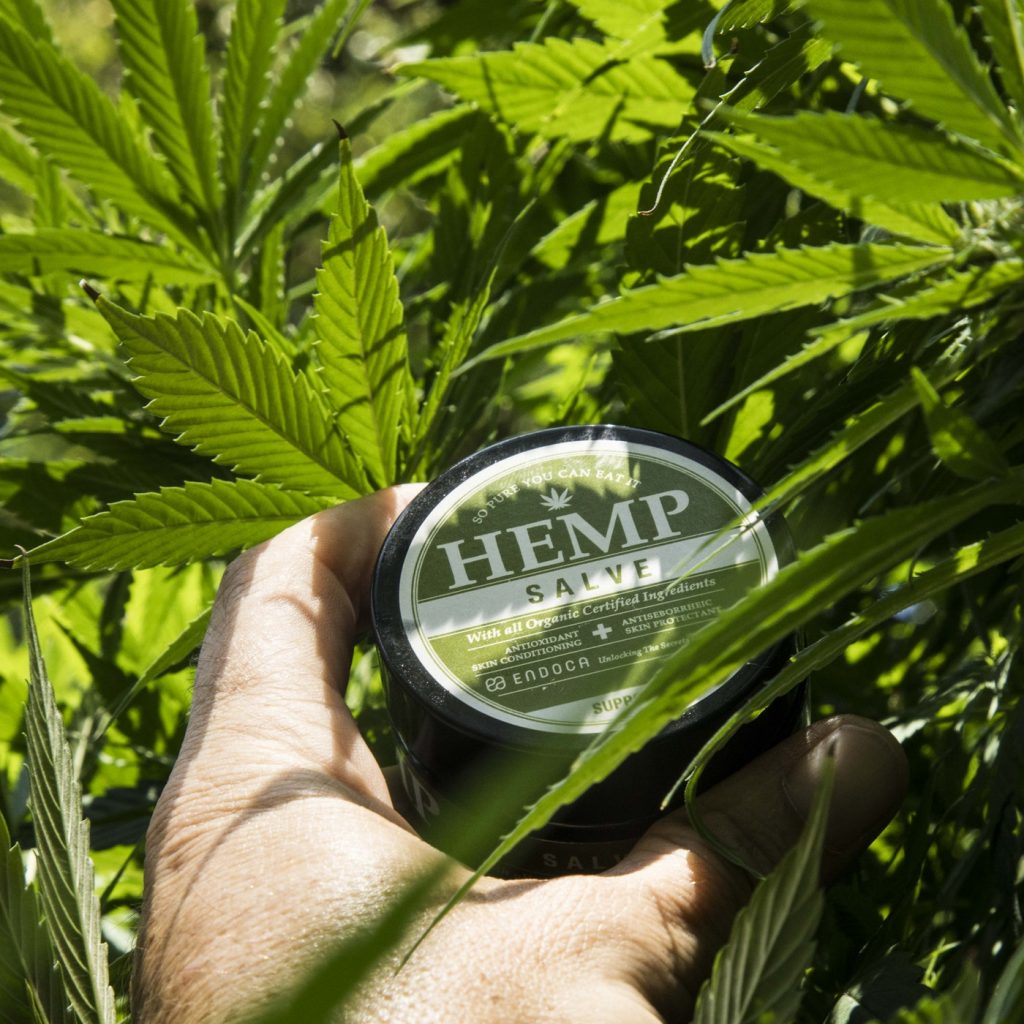
Who Needs a Cannabis White paper?
In short, most companies who sell something expensive or complicated should publish a white paper.
But, more specifically…
If you’re an extraction equipment manufacturer, you’ll want a white paper because the cannabis processing sector is evolving so quickly. And, as you know, much of the technology is “first-order” engineering; it’s the first equipment to solve the problem of efficient cannabinoid separation. Because change is happening so fast, extraction OEMs have to demonstrate their technologies with detail and clarity.
Or, if you’re a cultivation equipment manufacturer (lighting, environmental control, greenhouse, HVAC), you now have a whole new audience ― and a new opportunity. You’ll benefit from a white paper that addresses cannabis specifically and speaks to the special concerns of grow operations. High-value crops demand high-tech growing systems, and a cannabis white paper is the best way to make your technology known.
Or, if your company is manufacturing testing equipment, you know that the testing sector is poised for massive growth ― and that so much education is needed. You’ll find yourself selling the very idea of testing, rather than your technology in particular. By becoming an authoritative source for information, you’ll be top-of-mind when it’s time to purchase.
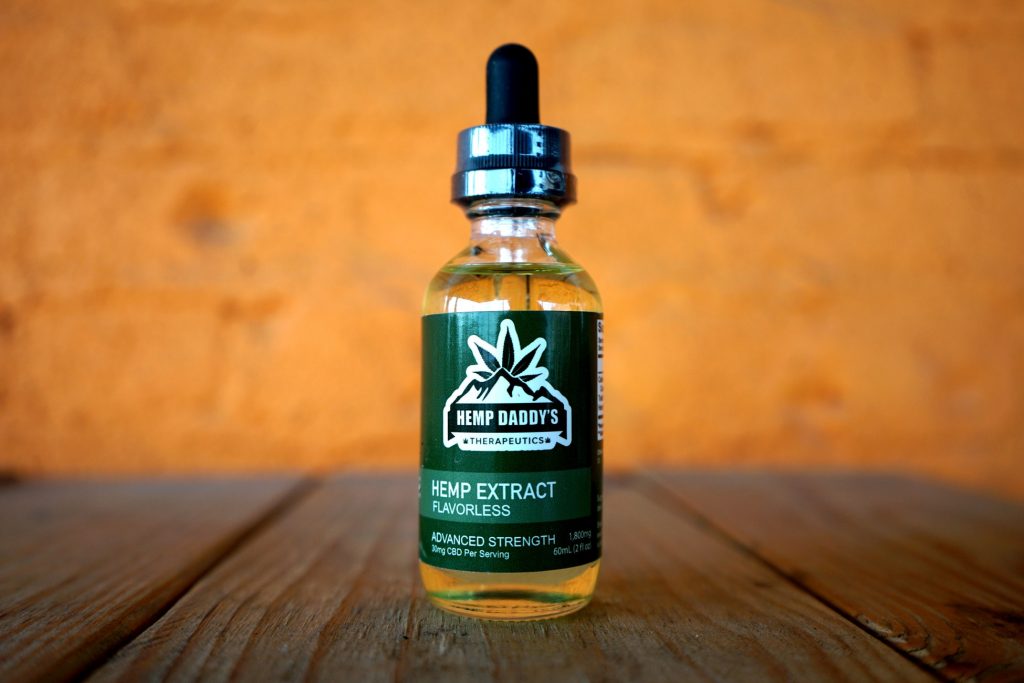
Cannabis Case Studies
Cannabis technology moves fast. And as the number of products on the market increases, business becomes increasingly competitive for equipment manufacturers.
Obviously, consumers want to know which products are best, which are the most cost-effective, and ― most importantly ― which products are best for their application. And that’s where a case study comes in.
A cannabis case study tells the story of your product and how it helped one of your customers improve his or her business. It’s a targeted story of how the product reduced costs, saved time, increased revenue, or improved quality.
Let’s take the example of horticultural lighting. Most lighting manufacturers claim their fixtures have a higher output at a lower electrical input. To figure out if that’s true, a customer has to navigate a minefield of horticultural lighting acronyms: PAR, PPFD, LUX, DLI, etc. Then, the prospect has to trust the performance specifications provided by the manufacturer.
And what’s worse, all the manufacturers claim that they have the ideal lighting spectrum for cannabis applications.
The truth is ― regardless of the accuracy of a manufacturer’s claims ― it’s difficult to predict the outcome of a purchase. But with a case study, a prospect gets to “see” how a product was implemented by another customer and what results it generated.
And often, a case study is a direct comparison to the legacy technology which the featured product replaced. That’s dramatically persuasive content.

Case Studies Serve as Social Proof
A cannabis case study feels like a peer-to-peer recommendation from a friend. Because it is! Who better to trust than another cultivator, extraction technician, or retailer? Only another cultivator truly understands the pain points of your cultivation-sector prospect, and only another cultivator can speak the words that truly strike a nerve with your buyer.
Testimonials influence our buying decisions, whether they’re Amazon reviews or the recommendations of our friends. So, a case story goes beyond a simple testimonial. It usually includes a testimonial, but it does so at a greater depth, with more proof to back it up.

A great case study includes hard proof: numerical data. This might be a higher harvest weight, reduced electrical costs, or saved time. It’s that hard-proof data which seals the deal on a convincing case study. And when that data is verified by a third party (e.g., your customer), your marketing becomes bulletproof.
Case Studies for Application-Specific Benefits
There are different types of cultivators out there, with different plant-counts, varying goals, and varying regulations that govern their businesses. That’s why your marketing can’t be one-size-fits-all in the cannabis industry.
A case study shows how your product applies to one type of customer. So, case studies allow you to segment the market and speak to multiple product applications ― without watering down your product’s selling proposition as it applies to other segments.

For instance, a small, potency-testing unit may be used very differently in one jurisdiction than it would be used in another. Take California as an example.
In California, products are laboratory-tested at each link of the supply chain, so there’s no possible point-of-sale application for a small testing unit. In a less-regulated jurisdiction, however, a small testing unit may be useful for wholesale transactions.
Why Use an Outside Writer for a Case Study?
A cannabis copywriter for a case study provides more than just an outside eye, though that’s valuable enough. An outside writer can instinctively pull great quotes out of your customers.
Certainly, your customers love you but, at the same time, it’s hard for most of us to directly ask for praise. An outside writer can help. Because a third-party writer isn’t exactly part of your team, he or she can solicit some very positive quotes from your interviewee.
What’s more, a copywriter for cannabis can assess your market positioning and how the case study relates to your overall selling proposition. He or she can discern ― with that “outside eye” ― the best angle for the story. You can expect to find hidden benefits that might have gone unnoticed by your sales team because they’re too close to the situation.
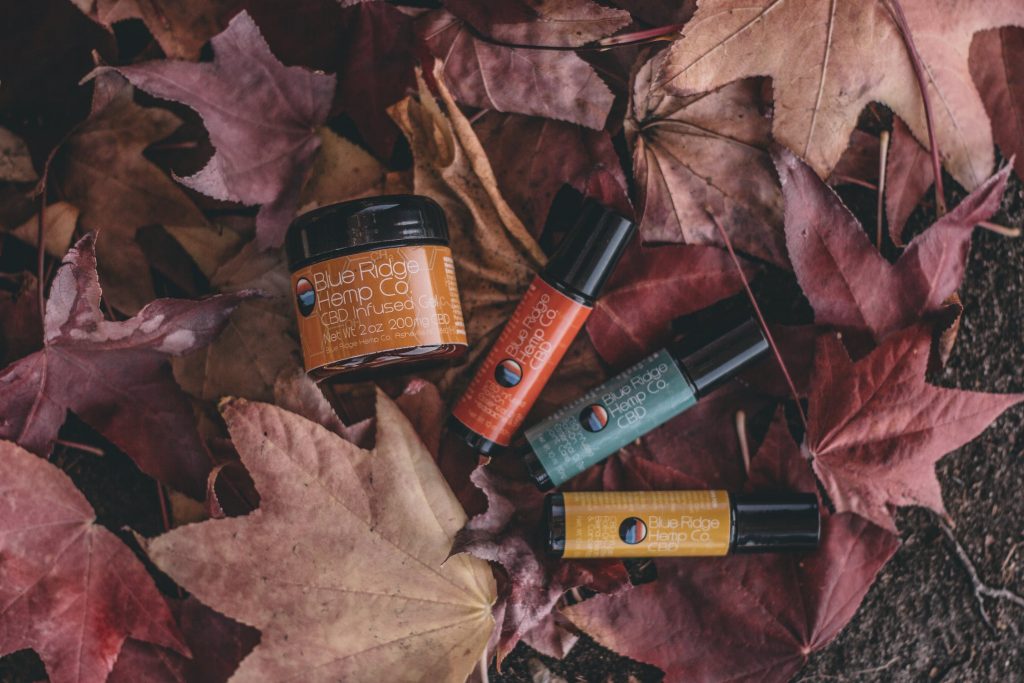
What to Look for in a Cannabis Copywriter
Mostly, your cannabis copywriter needs industry knowledge and a marketing knowledge. And strong writing skills, of course. Look for a portfolio of quality work samples, too.
A writer who is networked with other marketing-communications experts will likely prove superior to one who isn’t. We all have our strengths and, by combining our unique skills, we can deliver a better outcome ― whether we’re building a cannabis company or writing a white paper.
Lastly, your cannabis copywriter should feel like a fit. He or she should communicate well with your team, both by email and by phone, and also present well to your case study participants and subject matter experts. A good writer is responsive and timely.
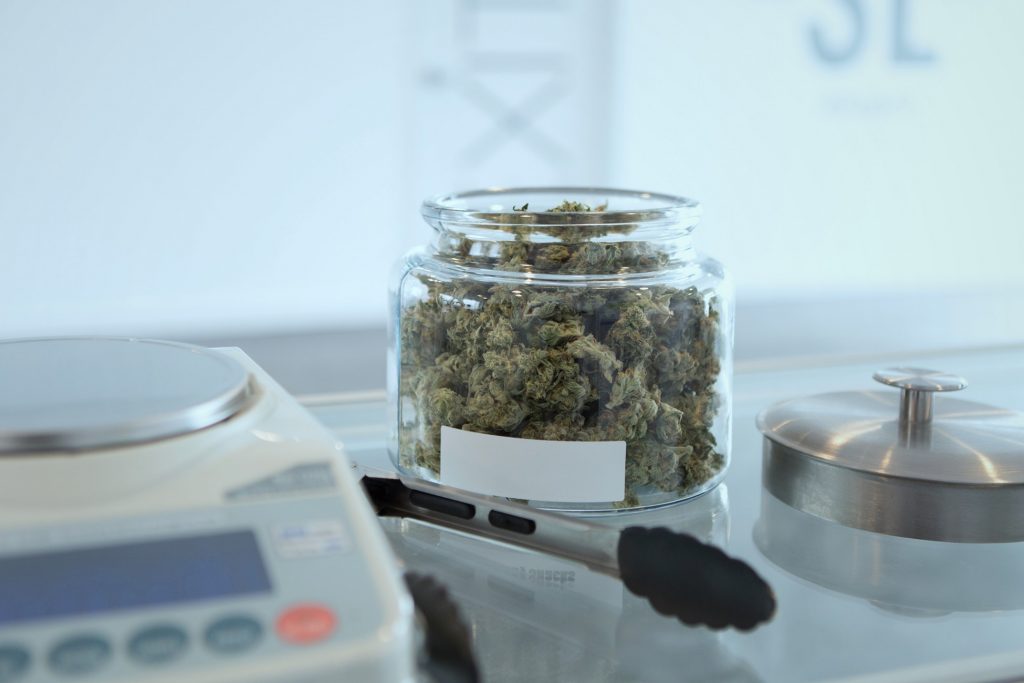
To learn more about how a cannabis-specific copywriter can help your business succeed, please contact us today.
* * *
Contact Susan Greene
Could a cannabis copywriter help you create effective web copy, white papers and case studies?
Get a quoteTestimonial
Excellent work
Copy approval of the skincare article went very smoothly, and we don't need to make any further changes. Thank you for your excellent work!
Nozomi Araki
International Corporate Communications
Brain Center Inc.
Tokyo, Japan

